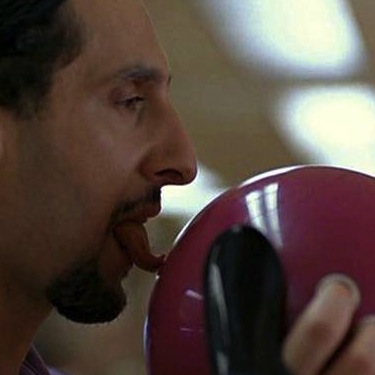I spent the five happiest years of my life in a morgue. As a forensic scientist in the Cleveland coroner’s office I analyzed gunshot residue on hands and clothing, hairs, fibers, paint, glass, DNA, blood and many other forms of trace evidence, as well as crime scenes. Now I'm a certified latent print examiner and CSI for a police department in Florida. I also write a series of forensic suspense novels, turning the day job into fiction. My books have been translated into six languages.
Sorry I went to the link but it just loaded forever and I coudn't view the picture.
UPDATE: Hey on a whim I tried the link again and could see the picture. Unfortunately I still couldn't make a guess as to what the pile is. Though in my opinion it looks too light-colored to be a decomposing animal.
No. Depending on where you work and what you do, your employer might want you to be 'certified' in one area or the other.
Only local, to other government agencies or for training.
Yes, they are different substances.
Bowling Alley Attendant
 What do bowling alleys do to keep those nasty shoes clean/sanitary?
What do bowling alleys do to keep those nasty shoes clean/sanitary?
Day Trader
 What's the difference between a trader and a hedge fun guy?
What's the difference between a trader and a hedge fun guy?
Firefighter
 What kind of shape do firefighters need to be in?
What kind of shape do firefighters need to be in?
School project?Email me at Lisa-black@live.com and I'll send you answers I've accumulated.
I'm sure document examiners could do this fairly easily but I don't know exactly how. I would guess that alternative light source (like infrared or ultraviolet spectrums) could show that there is no difference between the signature and the rest of the document. Or I believe thin-layer chromatography could show that the chemical makeup is the same. A Questioned Document Examiner could tell you much more.
I'm sorry, I thought I answered this one. We work 40 hours per week, some of us are on four 10s and some on rotating 12 hour shifts. Each of us takes a turn on being 'on call' for overtime calls.
-OR-
 Login with Facebook
Login with Facebook (max 20 characters - letters, numbers, and underscores only. Note that your username is private, and you have the option to choose an alias when asking questions or hosting a Q&A.)
(A valid e-mail address is required. Your e-mail will not be shared with anyone.)
(min 5 characters)
By checking this box, you acknowledge that you have read and agree to Jobstr.com’s Terms and Privacy Policy.
-OR-
 Register with Facebook
Register with Facebook(Don't worry: you'll be able to choose an alias when asking questions or hosting a Q&A.)